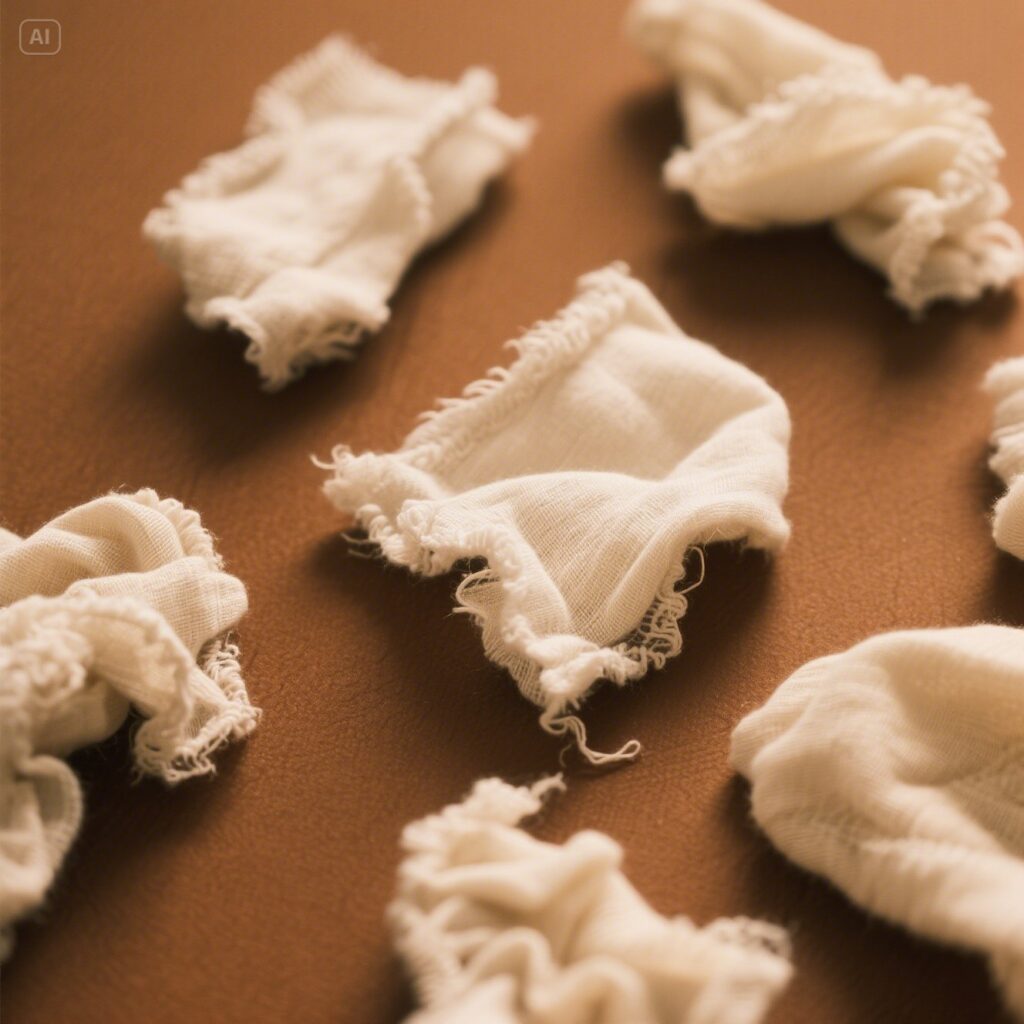Meta Description:
Discover the scientific reasons behind cotton’s excellent absorbency. Learn how its natural fiber structure makes it ideal for cleaning, wiping, and industrial applications.
Introduction: Why Cotton’s Absorbency Matters
In both household and industrial applications, the ability of a fabric to absorb moisture plays a critical role. Therefore, cotton has remained a preferred material for decades. It is not only soft and breathable but also highly absorbent. In this blog, we will explore the science behind cotton’s absorbency, its benefits, and the reasons it continues to outperform synthetic alternatives. Currently

What Makes Cotton Absorbent?
Moreover, the twisted ribbon-like shape of cotton fibers increases the surface area, allowing the fibers to soak in even more liquid. This enables cotton to hold up to 27 times its weight in water, a feature that multiple industries value. Cotton’s absorbency primarily results from its natural cellulose structure. Cellulose, a carbohydrate in plant cell walls, has hydrophilic (water-attracting) properties. As a result, moisture readily moves into the fiber and stays there.
How Absorbency Is Measured
Textile absorbency measures how much water a material can hold and how quickly it absorbs it. In controlled lab tests, cotton consistently demonstrates excellent performance. It typically absorbs water in less than 30 seconds. Because of this rapid action, cotton is preferred for wiping, mopping, and medical applications.
Cotton vs. Synthetics: A Clear Advantage
Although synthetic fibers like polyester are water-resistant, they do not absorb moisture efficiently. In contrast, cotton allows liquid to penetrate the fiber core, rather than sitting on the surface. ,
Real-World Applications of Cotton’s Absorbency
Because of its superior absorbency, people widely use cotton in:
- Industrial wiping rags
- Medical bandages and swabs
- Towels and cleaning cloths
- Garments requiring moisture control
In each of these cases, manufacturers use blending, finishing, and weaving methods to further enhance cotton’s efficiency, tailoring the processes for maximum performance.
Conclusion: Nature’s Most Absorbent Fiber
To sum up, cotton’s exceptional absorbency is no accident. It is a result of its naturally engineered structure, developed through millions of years of evolution. Because of this, cotton remains a top performer in industries where moisture control, cleaning, and comfort are essential. By choosing cotton, businesses and consumers alike are investing in proven performance and sustainability.
